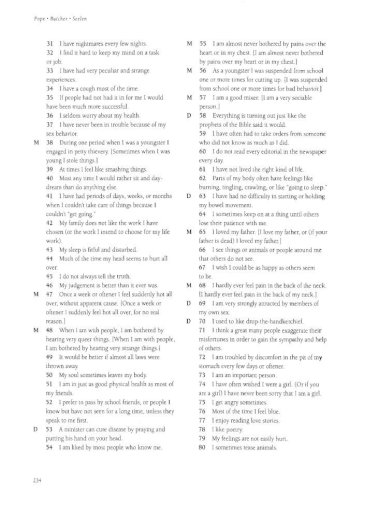

Furthermore, their degrees of validation differ. A number of mortality risk algorithms or “health metrics” have been developed to quantify general health at a given point in time and estimate risk of negative future outcomes however, few of these tools are accessible, interpretable, actionable, and easy to calculate. A simple Cox model using C-Score and age balances parsimony and accuracy of risk predictions and could be used to produce absolute risk estimations for app users.ĭespite the empirical establishment of strong relationships between given behaviors and lifestyle factors and the development of preventable diseases, individuals may struggle to tangibly conceptualize how their day-to-day behavior affects their long-term health outcomes.

Embedding the C-Score within a smartphone app may represent a useful tool for democratized, individualized health risk prediction. ML approaches did not offer improved discrimination over statistical modeling.Ĭonclusions: The novel health metric (“C-Score”) has good predictive capabilities for all-cause mortality within 10 years. A Cox model integrating age and C-Score had improved discrimination (8 percentage points c-statistic=0.74) and good calibration. There was a 31% relative reduction in risk of all-cause mortality per decile of increasing C-Score (hazard ratio of 0.69, 95% CI 0.663-0.675). The points-based model had good discrimination (c-statistic=0.66). During a cohort follow-up of 4,526,452 person-years, there were 16,188 deaths from any cause (3.85%). Results: The study cohort comprised 420,560 individuals. Primary and secondary outcome measures were discrimination of a points-based score for all-cause mortality within 10 years (Harrell c-statistic) and discrimination and calibration of Cox proportional hazards models and ML models that incorporate C-Score values (or raw data inputs) and other predictors to predict the risk of all-cause mortality within 10 years. This was followed by a prospective cohort study in a UK Biobank population for the purposes of validating the C-Score and developing and comparatively validating variations of the score using statistical and ML models to assess the balance between expediency and ease of interpretability and model complexity. Methods: A literature review was conducted to identify relevant predictor variables for inclusion in the first iteration of a points-based model. Objective: The objective of the study was to develop and validate a novel, easily interpretable, points-based health score (“C-Score”) derived from metrics measurable using smartphone components and iterations thereof that utilize statistical modeling and machine learning (ML) approaches. Hence, there is a need for a multidimensional yet widely employable and accessible way to obtain a comprehensive health metric. However, these health metrics may be challenging for widespread use and are unlikely to be successful at capturing the broader determinants of health in the general population.


 0 kommentar(er)
0 kommentar(er)
